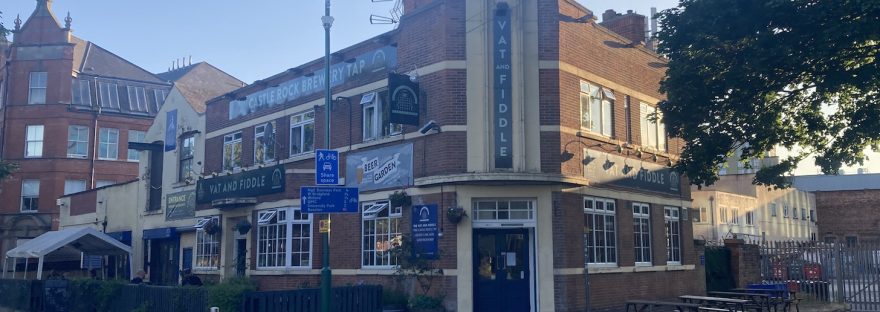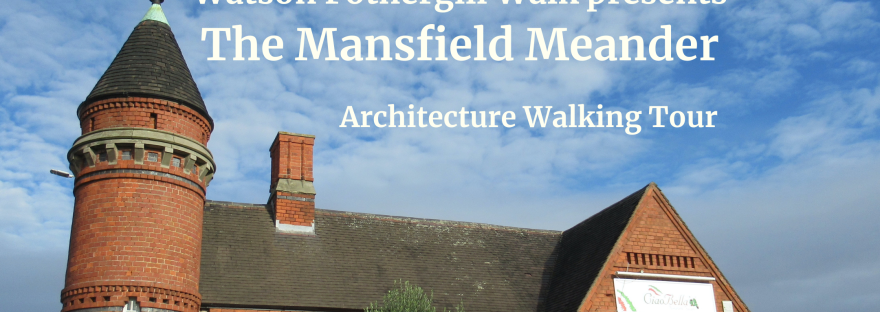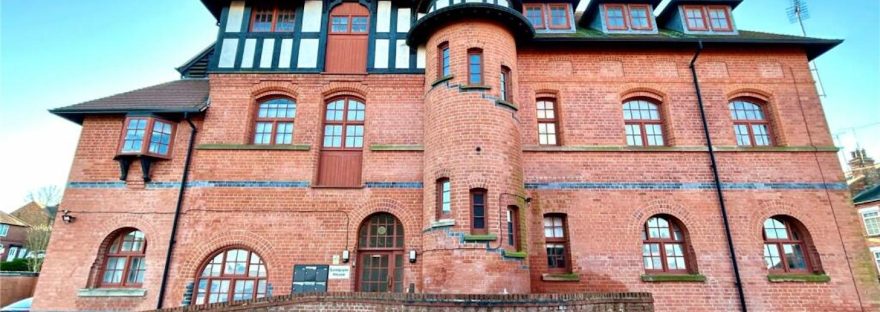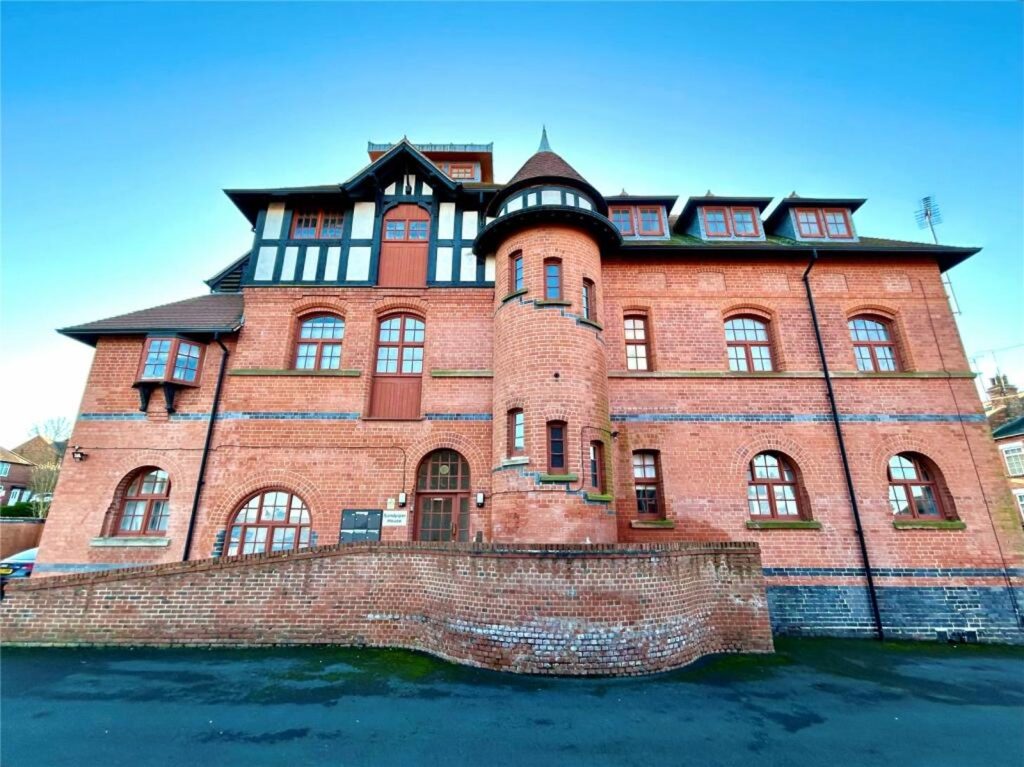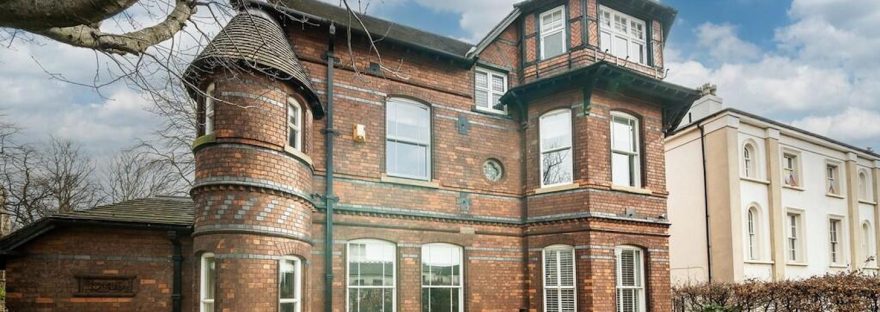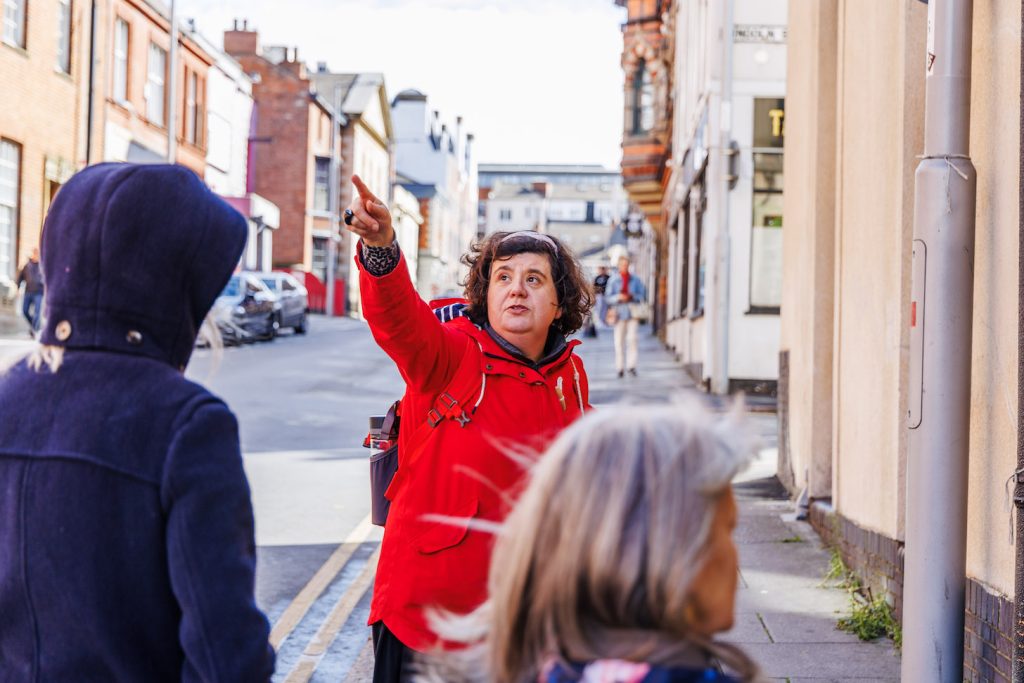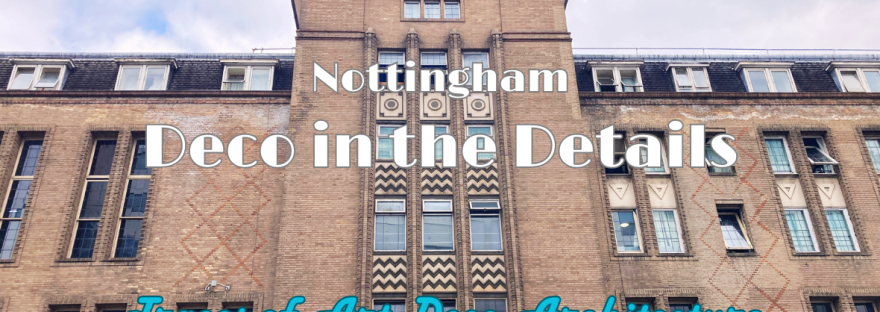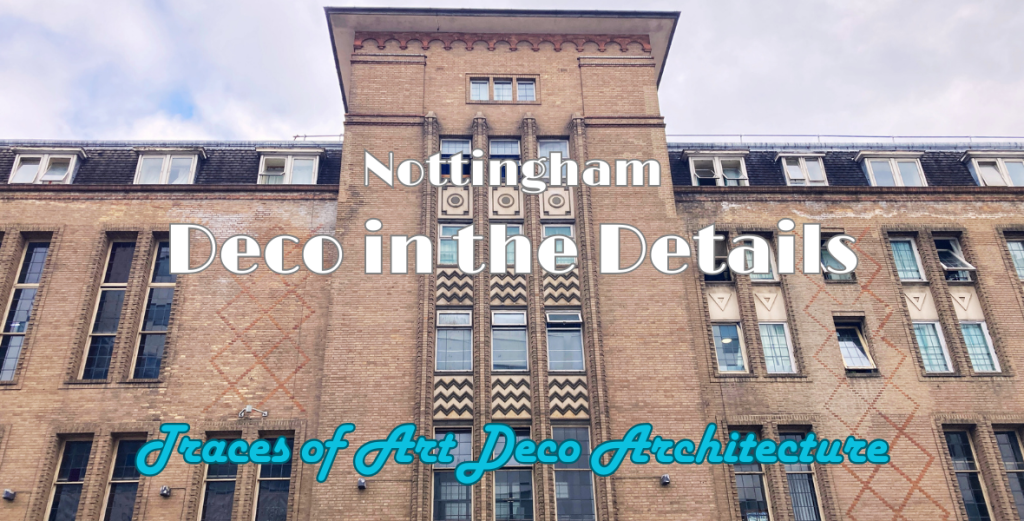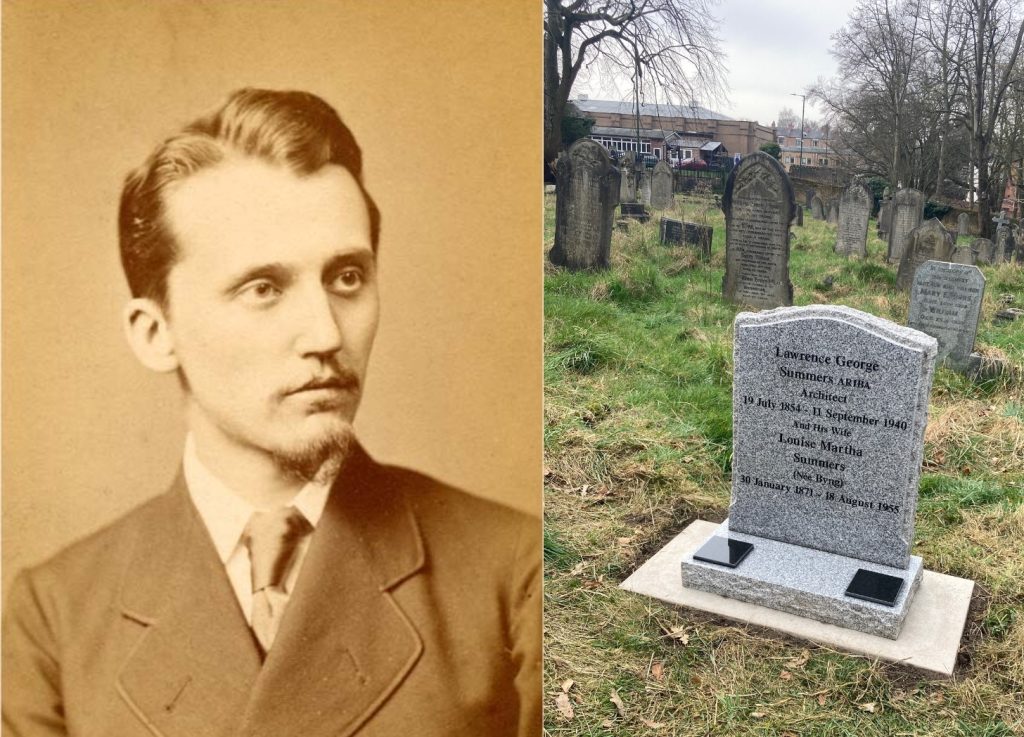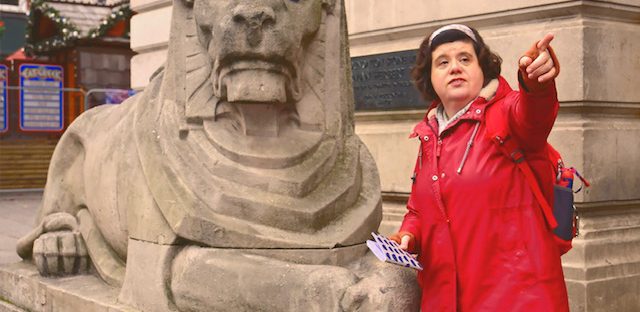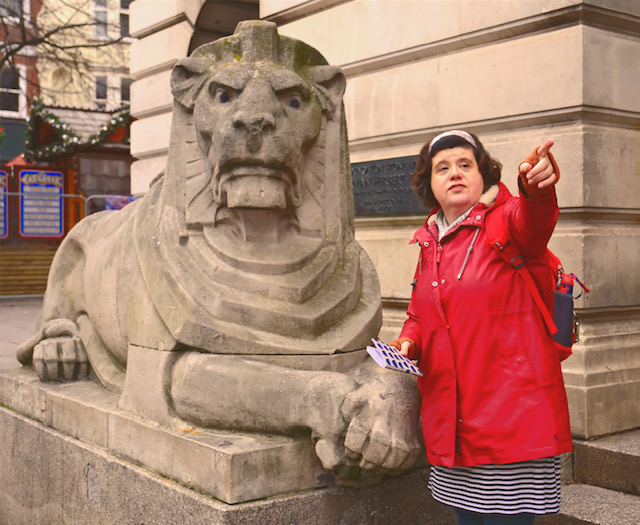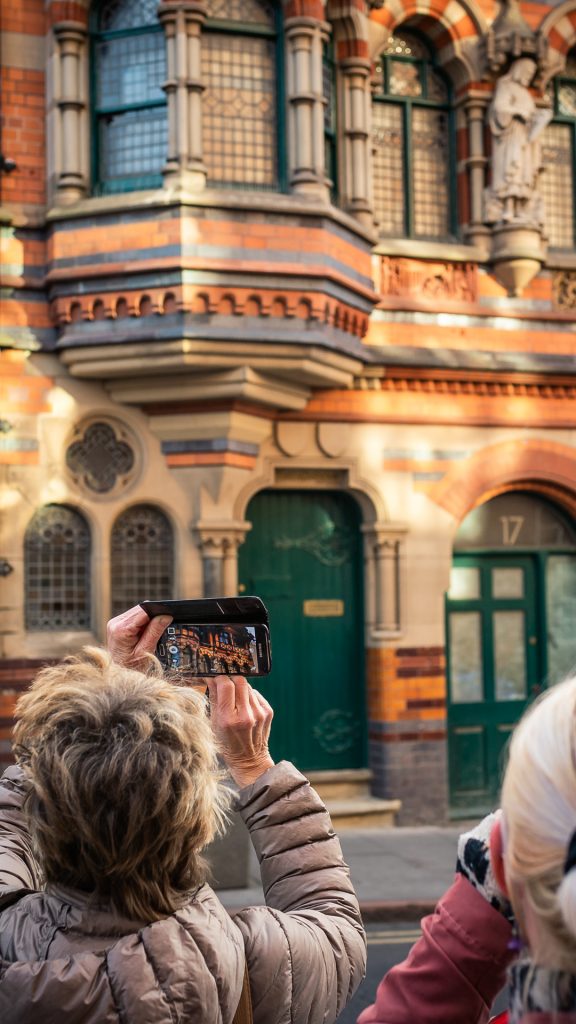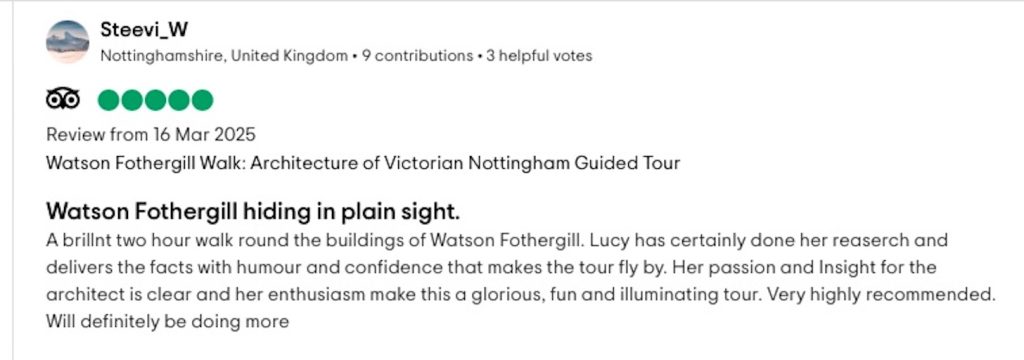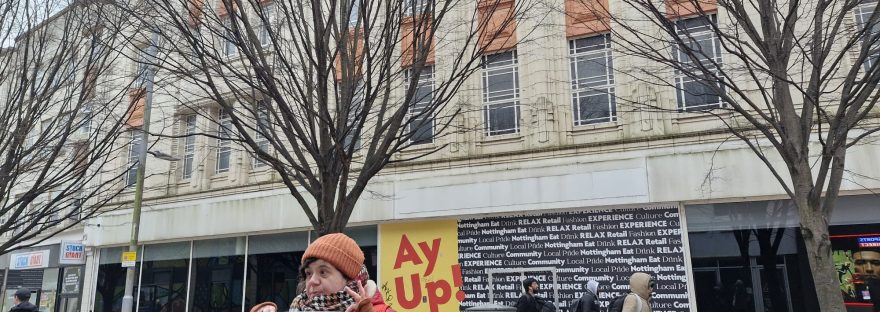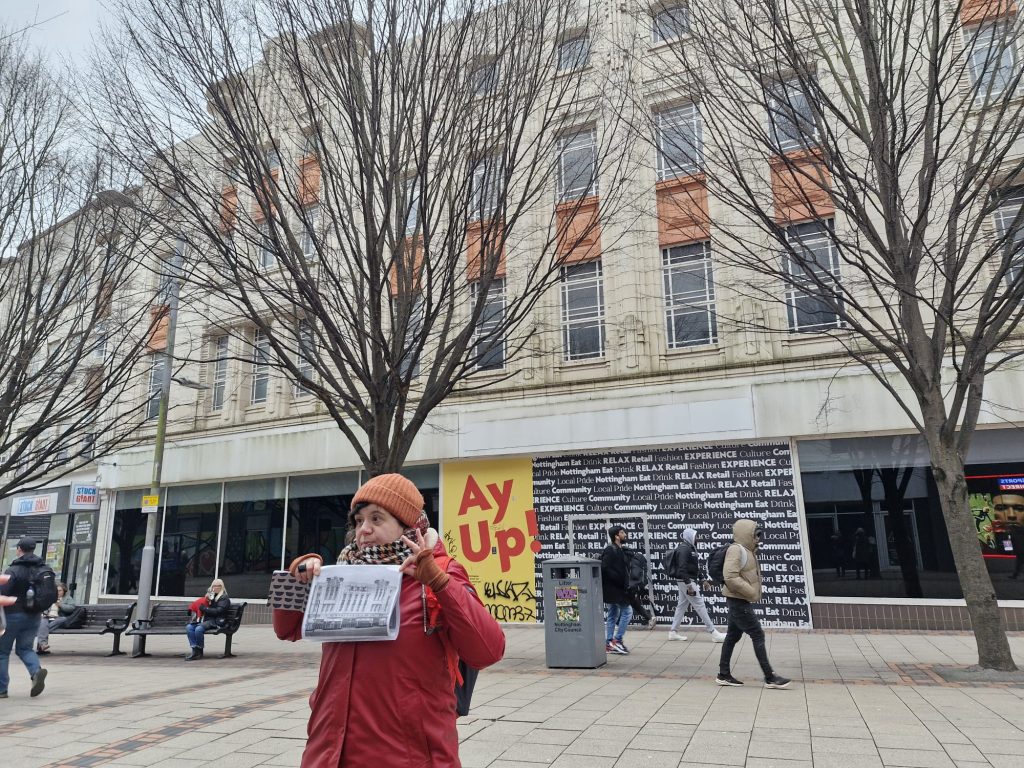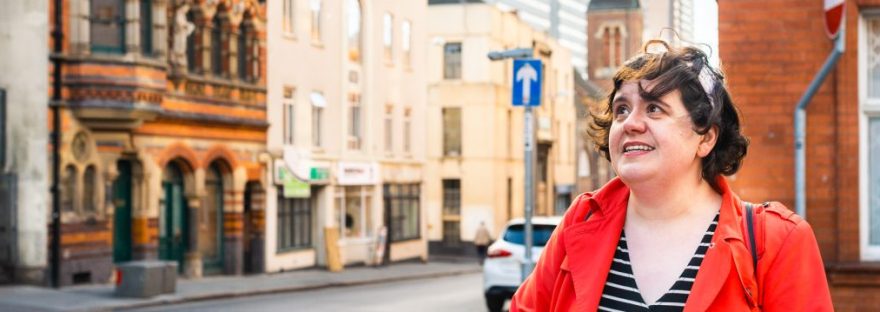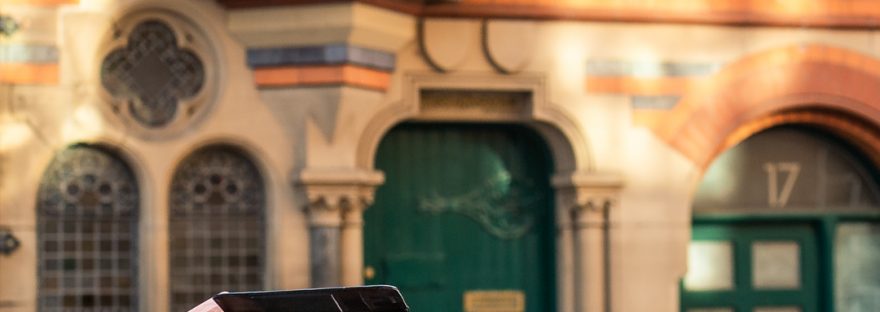Extra dates for my new projects! Plus more Watson Fothergill Walks this summer.
Hello to new subscribers, and thank you to everyone who has already joined me for a walk or talk so far…
I’m lining up to repeat my new Art Deco Pubs talk at The Abdication on 22 July. This one is now SOLD OUT, so I’m staging it again, this time at The Vat & Fiddle in their Golding’s Room, on Tuesday 19 August, doors 6.30 pm. Tickets £10 (including fees) from Eventbrite or from the pub if you’d like to pay in cash.

I’m also offering a shorter version of Watson Fothergill Walk in honour of the 184th anniversary of his birth on Saturday 12 July, 2 pm. This was organised to coincide with a talk about architect George Gilbert Scott at Bromley House Library. We will explore some of Scott’s influence on Fothergill’s work and take a leisurely stroll back to the Library to look in the garden. It was initially only open to Bromley House Library members, but if you’re not a member and would like to join in, you can visit as my guest (as long as you’re on your best behaviour!)
Tickets for the Shorter Fothergill Birthday Walk here.
There are just 3 tickets remaining for the Hine Hike on Sunday 27 July, 2 pm.
After the amazing response to the release of tickets for The Mansfield Meander, I’ve added a new date – Sunday, 3 August, 3 pm. Tickets here. We will explore some of Fothergill’s early buildings and look for traces of his work on the streets of his home town.
The next Carrington Crawl – a look at the work of Fothergill and his chief assistant LG Summers in Mapperley Park, Sherwood Rise and Carrington is on Saturday, 27 September, 1 pm. This finishes up Clawson Lodge Ukrainian Cultural Centre with a chance for a cuppa and a look at their turret!
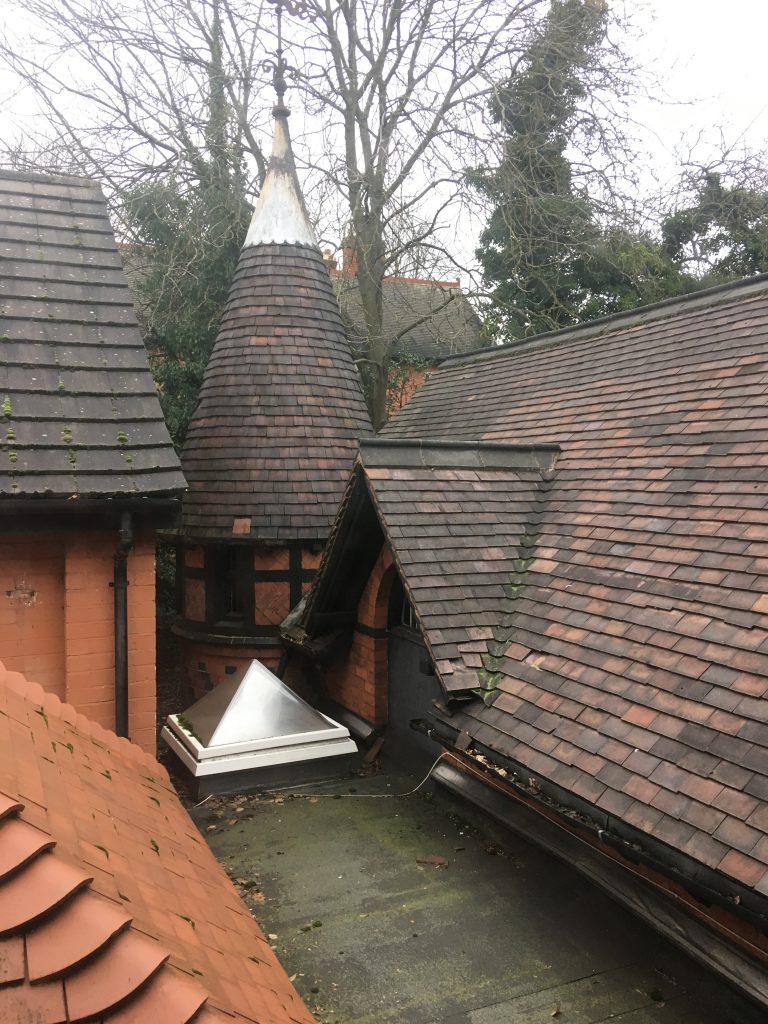
There are a couple of summer dates scheduled for the original Watson Fothergill Walk, these are Sunday mornings, in an attempt to beat the rush of Nottingham city centre in the holiday period… Sunday, 17 August, 10 am and Sunday, 7 September, 10 am. All ticket links and info here. I hope you can join me.
I’ve got limited availability for private weekday walks this summer – so send me a message if you’d like to bring a group of 6 or more on The Watson Fothergill Walk, Hine Hike or Deco in the Details.
